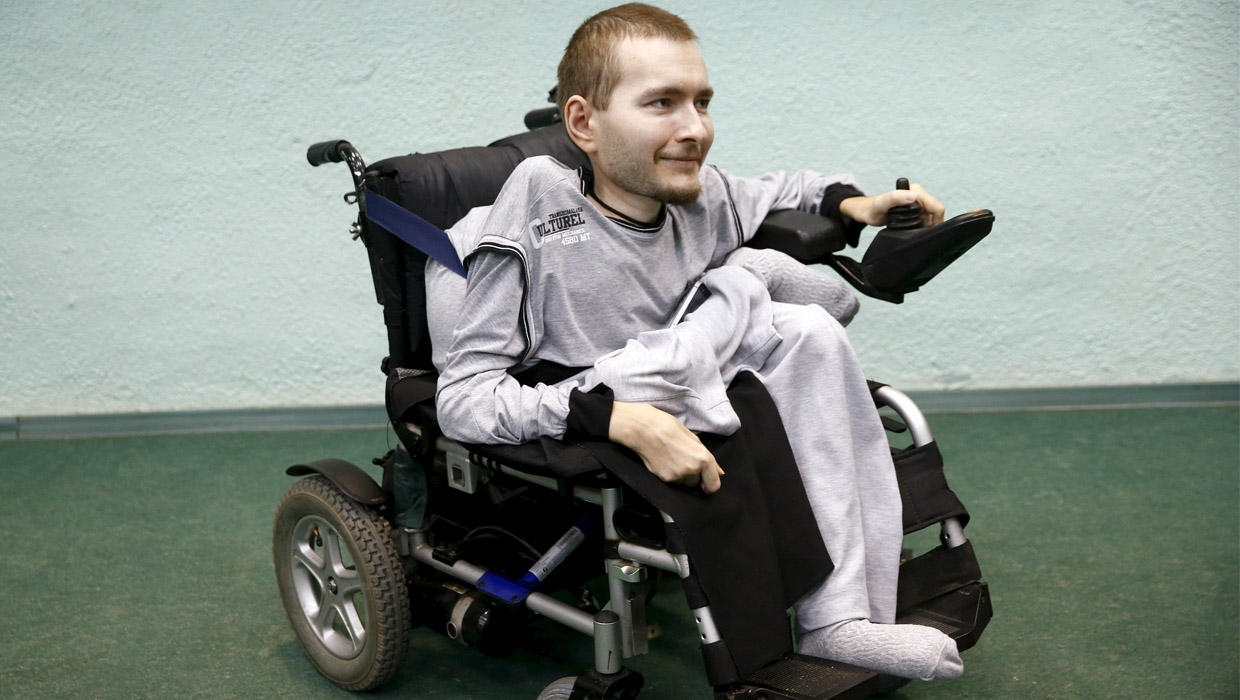26 - Grab Bag II (w/ Seria Chatters!)
26. Grab Bag II
Some topics are short and sweet, but do not warrant an entire episode of conversation. There have been many requests for smaller topics to be discussed: thusly, establishment of the grab bag is a proper solution. Today we’ll discuss ethics in science and the case study of head transplants; similarities and dissimilarities of diversity and race; and how overcoming adversity allows us to be scientifically conversational.
General Learning Concepts
1) What is ethics? Why do scientists need to have ethics?
a. Merriam-Webster: the discipline dealing with what is good and bad and with moral duty and obligation
i. A sociologist named Raymond Baumhart asked businesspeople “What does ethics mean to you” and heard a variety of replies dealing with the individual, their religion, the law, the society, or not knowing what the word meant at all.
b. Ethics in Science: Various scientific organizations highlight important characteristics like honesty, objectivity, integrity, carefulness, openness, respect for intellectual property, confidentiality, responsible publication and mentoring, respect for colleagues, social responsibility, non-discrimination, competence, legality, animal and human protection and care. But why?
c. Case Study: The research protocol for a study of a drug on hypertension requires the administration of the drug at different doses to 50 laboratory mice, with chemical and behavioral tests to determine toxic effects. Tom has almost finished the experiment for Dr. Q. He has only 5 mice left to test. However, he really wants to finish his work in time to go to Florida on spring break with his friends, who are leaving tonight. He has injected the drug in all 50 mice but has not completed all of the tests. He therefore decides to extrapolate from the 45 completed results to produce the 5 additional results.
2) Head transplants (body transplants?)
a. Valery Spiridonov: A Russian man and volunteer who suffers from Werdnig-Hoffmann disease, a genetic disorder that kills motor neurons and wastes away muscles. The condition is fatal and it is unclear how much longer he will survive.
b. Medical challenges: Fusing the spinal cord, regenerating nerve cells to be able to control a donor body. Nerves outside of the spinal cord can regrow but cells within the spinal cord cannot; they would be “fused together” with a chemical to force a large hybrid cell. The science is unclear in how this would work on a human, especially with no way to know how cells would be fused and which nerves control which limbs. Xiaoping Ren, now at the Harbin Medical University in northeastern China, had experience doing this surgery with mice and monkeys. Sergio Canavero, a neurosurgeon from Italy and collaborator of the project, had been staunchly criticized for making it seem that the surgery would be a “90 percent plus” chance of success.
c. Additional history: 2 headed dogs, monkeys, etc in the United States, Soviet Union, and China throughout the 1900s.
d. Other examples: Christiaan Barnard, first human heart transplant. Richard Lawler, first kidney transplant. Face and hand transplants suffered from similar reactions from the public and scientists alike.
3) The similarities and differences of diversity and race
a. Race: Race is a protected characteristic that refers to an individual's race, colour, nationality and ethnic or national origins (according to the department of Equality & Diversity at The University of Cambridge).
b. Diversity: The concept of diversity encompasses acceptance and respect. It means understanding that each individual is unique, and recognizing our individual differences (according to The City University of New York).
i. These can be along the dimensions of race, ethnicity, gender, sexual orientation, socio-economic status, age, physical abilities, religious beliefs, political beliefs, or other ideologies.
c. Restorative practices of discipline: Dr. Chatters has previously supported this technique: a more positive, less-punitive disciplinary method that has been found to support diversity and equity initiatives. Could we go into more detail about what this means for youth? Does it apply to older individuals as well?
4) Overcoming Adversity
a. Albinism and accompanying visual impairment: How does bullying influence development of the bully and the bullied? How does this impact diversity? How are we to move forward on topics like this in an increasingly “faceless, technological age”?
b. The importance of accommodations: Dr. Chatters has mentioned many times in interviews about how she was not properly accommodated throughout her education and development. What is the importance of accommodation? What are some examples of accommodating that are often forgotten or deemed “trivial” by poor accommodators?


